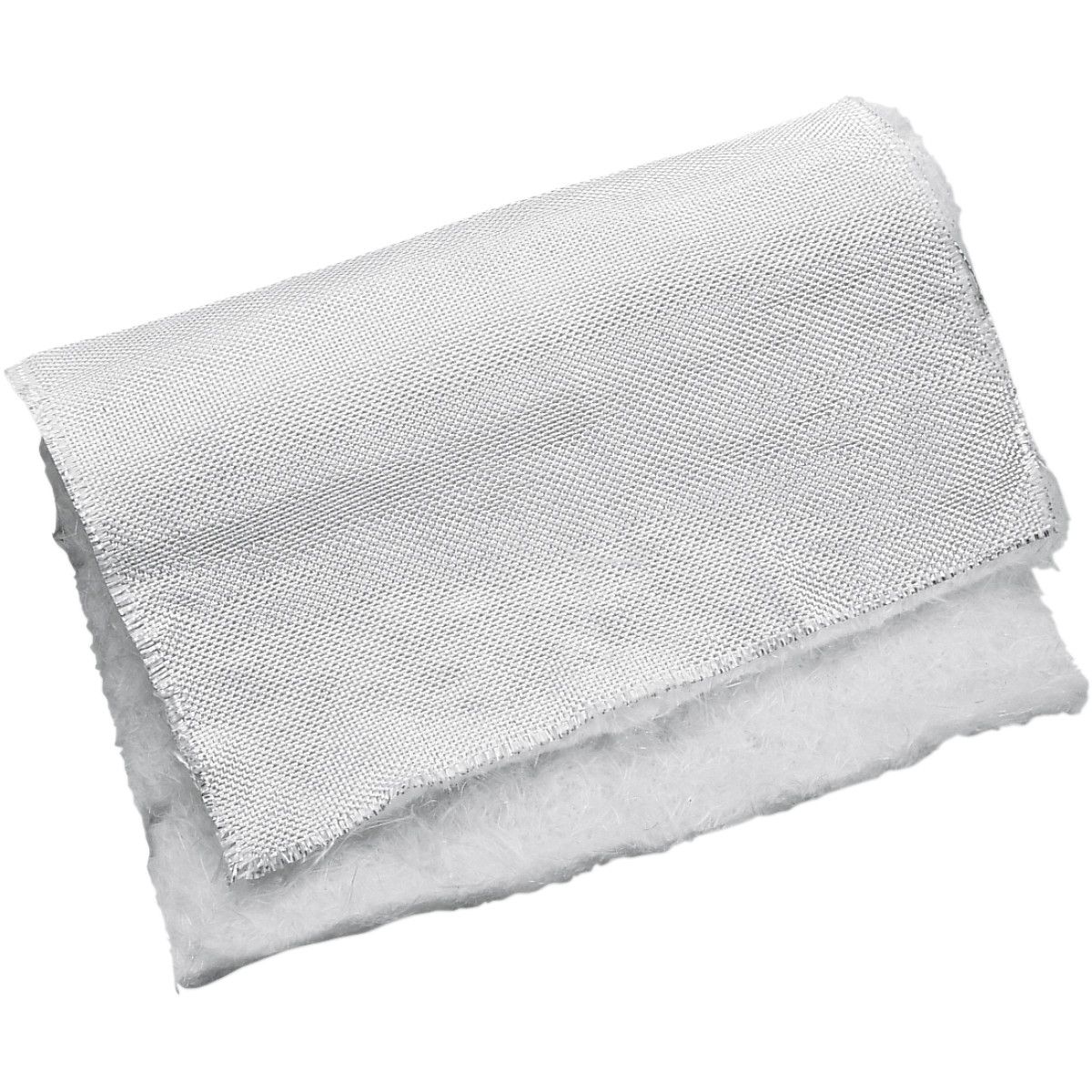What is the Purpose of a Fiberglass Muffler Packing on a car?
The purpose of fiberglass muffler packing in a car is multifaceted, focusing primarily on enhancing the vehicle's acoustic and thermal performance. Here are the key roles it plays:
-
Noise Reduction: Fiberglass packing is used to dampen the sound produced by the exhaust system. It absorbs sound waves, reducing the overall noise level emitted by the vehicle, thus contributing to a quieter and more pleasant driving experience.
-
Thermal Insulation: The material helps in insulating the muffler, managing the heat generated by the exhaust gases. This not only prevents excessive heat transfer to other components but also ensures the efficient functioning of the muffler.
-
Vibration Dampening: Fiberglass packing helps in minimizing vibrations within the exhaust system. By reducing these vibrations, it prevents potential damage to the exhaust components and enhances the longevity of the system.
-
Performance Optimization: By maintaining optimal thermal conditions and reducing back pressure, fiberglass muffler packing can aid in improving the overall performance of the exhaust system. This, in turn, can contribute to better engine efficiency and power output.
-
Durability: High-quality fiberglass packing materials are designed to withstand the harsh conditions within the exhaust system, including high temperatures and corrosive gases. This durability ensures a longer lifespan for the muffler and consistent performance over time.
In summary, fiberglass muffler packing is essential for reducing noise, insulating heat, dampening vibrations, optimizing performance, and ensuring the durability of the exhaust system in a vehicle.








